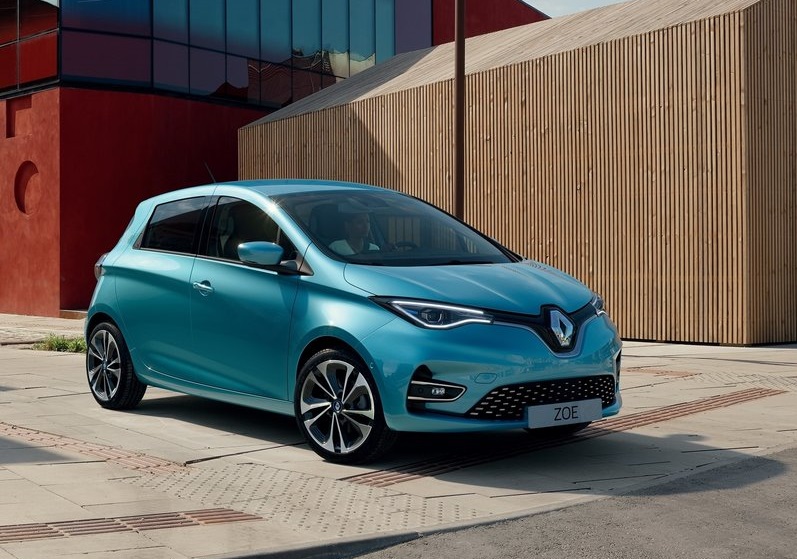Renault development: bi-directional charging with very high efficiency
Renault is working together with the French Commission for Atomic Energy and Alternative Energies CEA on a bidirectional charger with very high efficiency for electric vehicles. This should make it possible to reduce energy losses during charging by 30 per cent and thus supply the vehicle battery with electricity much more quickly. Furthermore, it will be vehicle-to-grid compatible (V2G).
The goal is not only to get the energy into the battery faster. But also to be able to feed energy from the battery back into the power grid to optimise grid operation and compensate for fluctuations in renewable energies. The innovative charger will be used in Renault's production models by the end of the decade. The work on the bidirectional charger centres on a new architecture for electronic power converters integrated directly into the vehicle's charger.
"The joint project with the CEA has exceeded our expectations, confirming that we can achieve the expected performance in terms of efficiency and compactness. It opens up good prospects for power electronics, which is a real challenge in the electric vehicle, to make the best use of the capacities of the batteries. With bidirectional charging, the vehicle supports the electricity grid and allows the end user to reduce energy costs." - Jean-François Salessy, Vice-President Advanced Engineering, Renault Group
As Renault explains in its press release, the converter is the result of almost three years of research and combines eleven joint patents. It is made of innovative materials and is more compact than previous systems. The new architecture, based on wide bandgap semiconductor materials such as gallium nitride (GaN) or silicon carbide (SiC), makes it possible to reduce energy losses during voltage conversion by 30 per cent and reduce heat generation by the same amount, which in turn makes it easier to cool the system.
Indeed equally interesting for integration in upcoming models is the fact that the volume and cost of the charger could be reduced by optimising the active components (semiconductors) and passive components (capacitors and wound inductive components). A charging power of up to 22 kW in three-phase operation is possible. In addition, as already mentioned, the charger can be operated bidirectionally, so that the energy stored in the battery can be fed back into the grid or used to cover the energy needs of an autonomous house.
